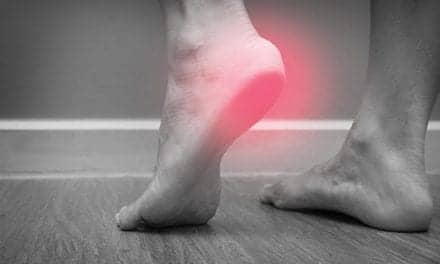AppliedVR announces results from its pivotal randomized controlled trial evaluating virtual reality therapy for treating chronic pain at home. The study, which was published in Journal of Medical Internet Research (JMIR), suggests that AppliedVR’s EaseVRx device produced “clinically meaningful” improvement in multiple pain outcomes, and had high participant satisfaction and engagement.
This study comes on the heels of EaseVRx receiving FDA Breakthrough Device Designation last October. EaseVRx is an 8-week program delivered via a virtual reality medical device which teaches participants how to recognize and adjust cognitive, emotional, and physical responses to chronic pain using one session per day, the company explains in a media release.
Study Results
Conducted remotely due to COVID-19, the double-blinded national study analyzed data from 179 individuals in the US who reported experiencing chronic low-back pain for at least 6 months. On average, participants in the EaseVRx group reported substantial improvements at post-treatment, including:
- 42% reduction in pain intensity;
- 49% reduction in activity interference;
- 52% reduction in sleep interference;
- 56% reduction in mood interference; and
- 57% reduction in stress interference.
Overall, EaseVRx had a high treatment-response rate compared to the control, including:
- 87% of participants experienced reduction in pain;
- 65% of participants experienced at least a 30% reduction in pain; and
- 46% of participants experienced at least a 50% reduction in pain – average pain reduction in this group of 71%.
Researchers also reported that 91% of participants completed the full 8-week program. Of note, system usability for EaseVRx was in the 96-100th percentile based on the System Usability Scale rating, representing an A+ usability grade.
“Most often pain is treated with a purely biomedical approach, using medications or procedures. Currently, lower-risk treatment options are not available at scale. Our findings show that VR for chronic pain can provide effective on-demand, home-based pain care at scale. Home-based VR may improve the risk-benefit profile well above the current standard of care.”
— Dr. Beth Darnall, AppliedVR chief science advisor, who co-authored the study
[Source(s): AppliedVR, Business Wire]
Related Content:
Virtual Reality Gives Spinal Cord Stimulation a Boost
Here’s How Virtual Reality Can Help Detect MS Balance Problems
Virtual Reality Offers a Helping Hand to Complete PT Exercises at Home





